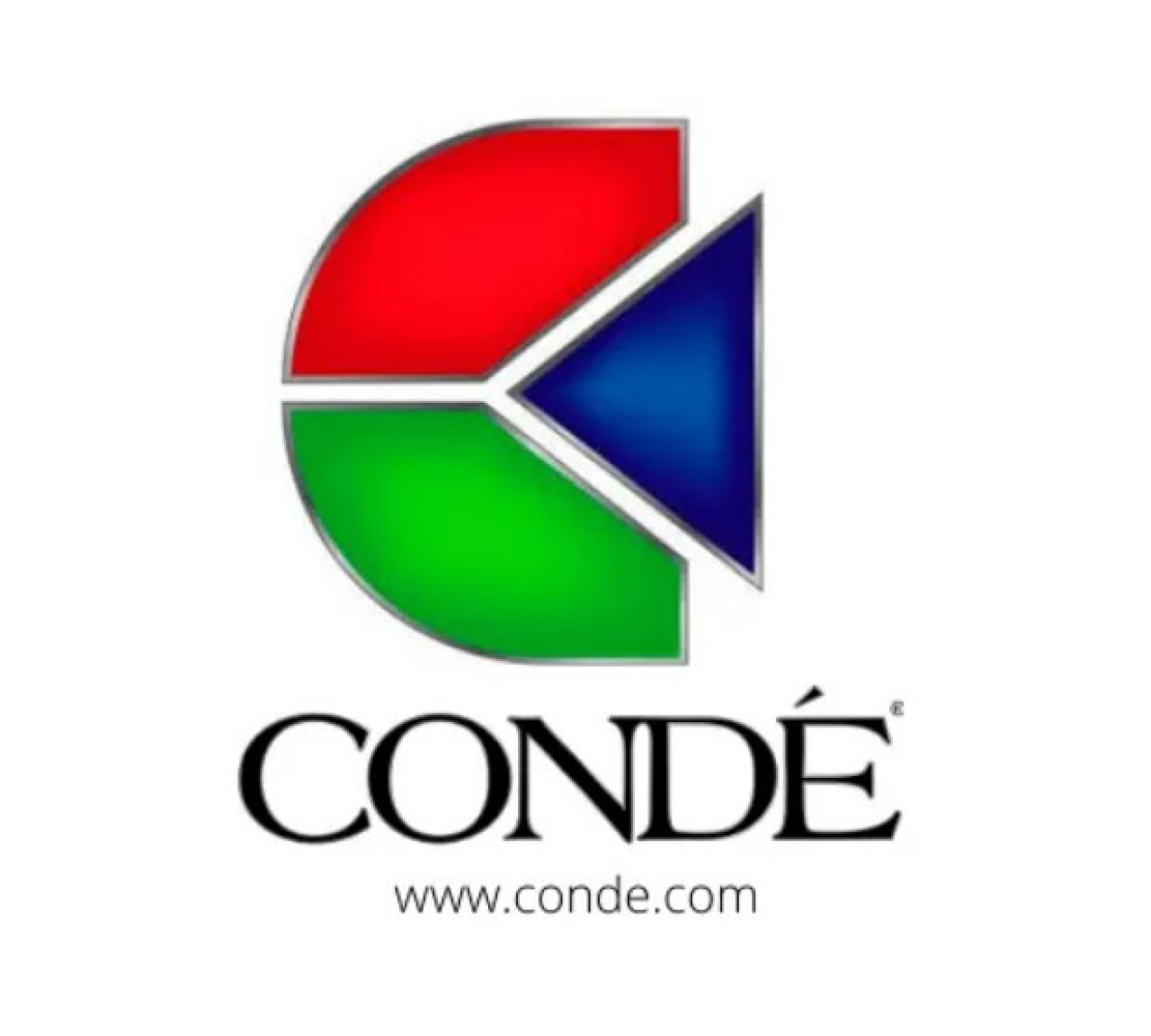Special Feature Article - 100 Top Tips and Tricks for Sublimation Success!

Part 1 in a special 4 part series by the sublimation expert - David Gross!
General
1. Document everything.
Keep a sublimation diary of your print jobs, transfer details, and any problems you experience. This is the best way to minimize waste and get to the bottom of problems. When you master a product, document in your own words what works. When you need to reprint that one tile from a particular mural, you’ll be able to refer back to job details such as the file name, what kind of tile you used, paper used, press settings, and so forth. Keep a Sharpie Marker handy and, when possible, write a serial number on the back of a product that you can then log in your diary.
2. Always buy a test kit of hard and soft substrates for testing and training.
If you are about to transfer to an expensive substrate, first do a test on something inexpensive to check quality and color.
3. Keep your sublimation instructions up to date.
We revise our instructions every few weeks to keep up with new products and improved transfer techniques. Translate our instructions to your words and post these near your heat press.
4. Don’t turn away business you can’t handle!
Ask your supplier for help with printing large volumes and/or large substrates.
5. Keep your work area clean, organized, and well ventilated.
Have a place for all your transfer accessories (uncoated butcher paper, Pro Spray, heat tape, black paint pen for plaque touch-up, etc.).
6. Always have a back-up plan when equipment fails.
Find someone locally that has a heat press that you can use. Ask your supplier for someone in your area.
7. If you lack real graphic design expertise, then partner with a pro.
Clients will pay for professional work. Ask around for someone who is great with Illustrator. New versions of CorelDRAW will open an artist’s Adobe Illustrator files just fine.
8.Take a Photoshop class.
Printer
9. Install your printer on a very sturdy level table that will not shake while printing.
For 4000 series owners, Epson makes an awesome stand with bottom storage capacity. I also recommend connecting a UPS to the printer if you are prone to power outages.
10. Document any problems with your printer such as error codes and nozzle check issues. This will greatly help in solving problems.
11. Buy plastic airtight containers to keep your sublimation papers in.
This will prevent the paper from adsorbing moisture as well keeping things organized by size and type.
12. Buy a chip resetter to recycle for the maintenance tanks on 4000, 7000, and 9000 series Epson printers.
This is tremendous convenience as well as a great cost savings. Attach the chip resetter to the side of the printer with Velcro.
13. For Epson printers without replaceable maintenance tanks, ask your supplier for the correct utility software needed to reset the “Parts are near end of life” message.
14. Make sure you hide non-sublimation inks so that it is not possible to install one by accident.
15. For Epson printers like the c-series, 1280,1400 learn to do a printhead flush.
This is a great way to restore health. Instructions are posted. Call us and we can provide you with the Epson flushing solution.
16. Buy extended warranties for your printers when possible.
17. When possible, raise the printhead up to its highest position.
This will keep the printhead from touching the transfer and smearing the ink. Ask your supplier about your printer. So far, not needed on Gel printers.
18. Know what it costs you to print.
Check our web site for helpful tools such as my 4000 and 4800 ink cost calculator. Recycling your sublimation ink cartridges can help with overall ink costs… we provide a $5 credit per cartridge.
19. Call your supplier (before calling Epson or Ricoh) when your printer appears to be dying.
Often there are simple fixes that can help bring a printer back to life, and your supplier should be highly motivated to get yours back on track.
20. Consider purchasing a backup/spare printer.
Sometimes when a printer finally dies, you find that model has been discontinued—possibly leaving you with incompatible ink.
21. Do a nozzle check on plain paper at the beginning of every print day and when you suspect there might be a problem.
Use the “Print” option (for 4000 series printers). If your nozzle check is incomplete use the head-cleaning feature. If that fails do an “auto nozzle check”. The auto nozzle check will “work” the printhead unlike the cleaning feature. If that fails, see the tip on cleaning the capping station.
22. For Epson printers, learn to clean the capping/maintenance station and flushing box.
We have instructions posted on our web site at www.conde.com. This is the most important maintenance you can do for your printer.
23. Get a copy of Harvey Head cleaner, this inexpensive software utility for Windows will send a nozzle check automatically to your printer once a day to help it stay healthy.
24. Leave your printer turned on.
Turning your printer off and on only serves to waste ink.
25. Print on the correct side of the correct paper and refer to your sublimation instructions for which paper is best for your substrate.
Click HERE for Part 2
